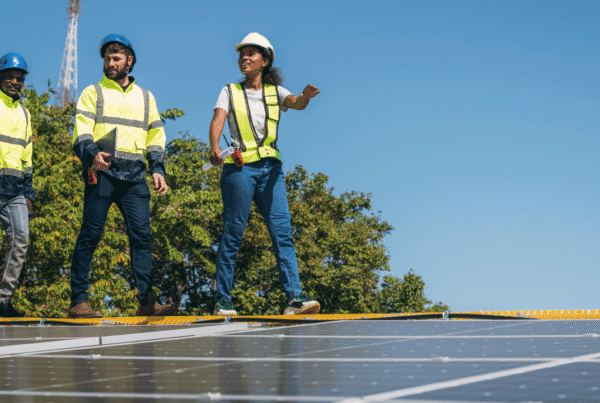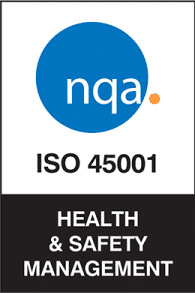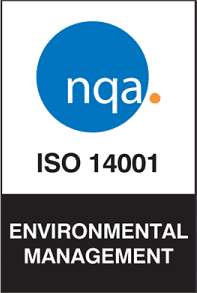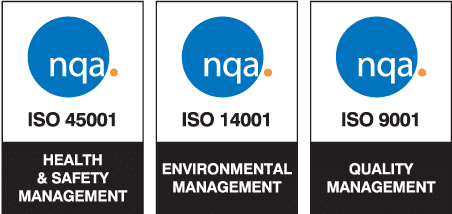
When electric vehicle lithium-ion batteries lose roughly 20 % to 30 % of their original capacity, they cease to be optimal for mobility but still retain enough performance for stationary applications. Harnessing this remaining margin transforms what would otherwise be a problematic waste into a valuable resource that helps sustain the growth of renewable generation.
Before a second-life battery can become part of a BESS, it must undergo a rigorous diagnostic process to determine its state of health and remaining capacity. Charge and discharge tests analyze parameters such as internal resistance and cell uniformity. Once each module’s performance is identified, units with similar characteristics are grouped together and any defective cells are replaced prior to assembling new packs. Finally, battery management systems (BMS) are installed, with their logic adapted to the heterogeneous nature of these reconditioned conjuntos.
When it’s time to retire batteries after their second life, the recycling phase begins — a key step in the circular approach. First, mechanical shredding is used to separate casings and structural materials. Then, through hydrometallurgical or pyrometallurgical processes, critical metals like lithium, cobalt, and nickel are extracted with sufficient purity to feed new manufacturing cycles. This reverse flow drastically reduces the extraction of virgin raw materials and minimizes the generation of hazardous waste.
The circular economy model offers multiple advantages. Environmentally, it avoids CO₂ emissions associated with mining and metal refining. Economically, second-life modules can cost up to 40 % less than new batteries, lowering the levelized cost of energy (LCOE) for BESS projects. Moreover, building a value chain focused on diagnostics, reconditioning, and recycling fosters specialized job creation.
Nonetheless, barriers to mass adoption remain. The lack of uniform standards for assessing and certifying battery health complicates their homologation across different markets. Reverse logistics—with secure transport and interim storage—pose both operational and financial challenges. Likewise, the inherent heterogeneity of second-life cells demands extremely detailed and efficient quality-control protocols.
Looking ahead, digitalization and the development of electronic passports for each battery promise to enhance traceability and simplify second-life and recycling operations. Simultaneously, advances in chemical recovery technologies forecast higher purity levels in recovered materials, driving a truly sustainable cycle. The circular economy applied to energy storage not only extends the utility of batteries but also emerges as a cornerstone for the transition to a 100 % renewable energy system.
——————————————–
Find out more news about the renewable energy sector on the Univergy Solar blog.







